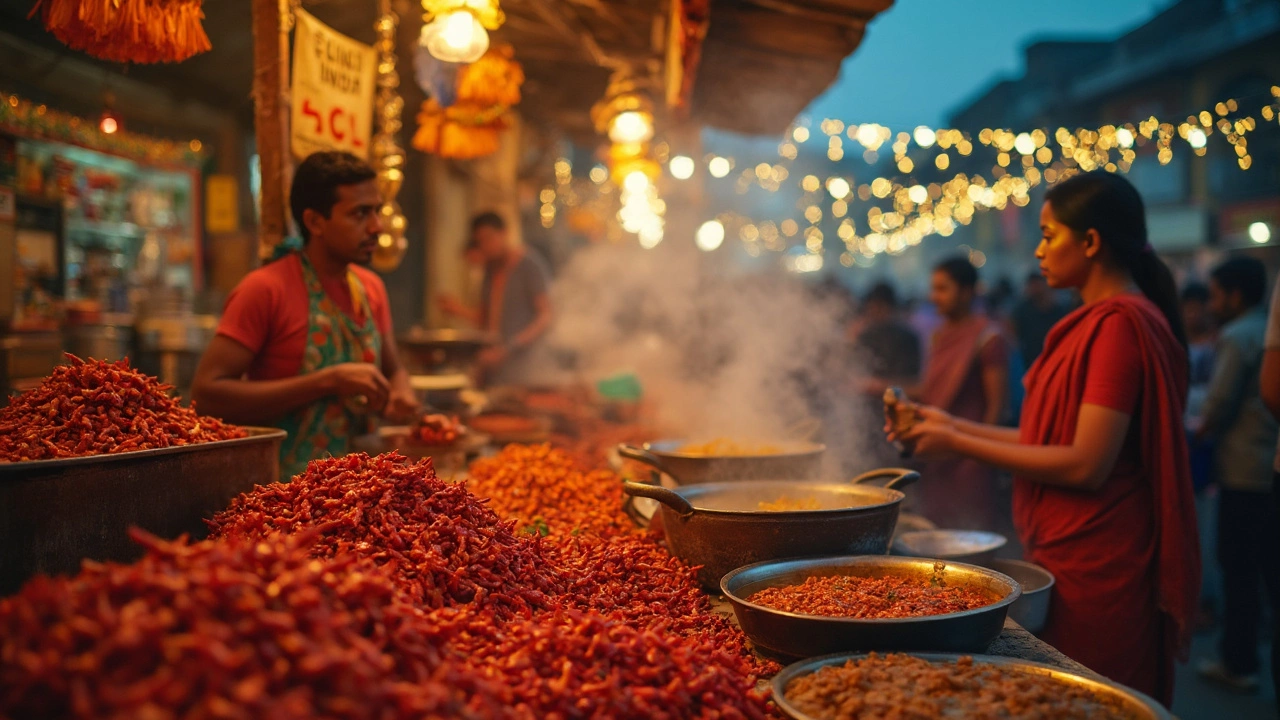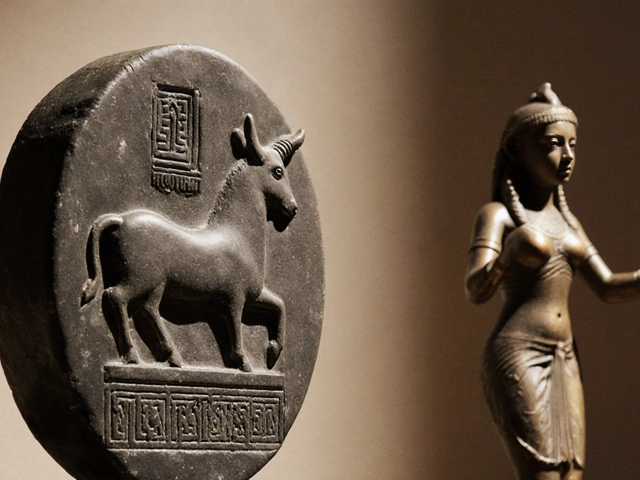Tamil Nadu Cuisine: Authentic Flavors, Staples, and Cultural Roots
When you think of Tamil Nadu cuisine, the rich, spice-driven food culture of southern India centered in Tamil-speaking regions. Also known as Tamil food, it’s not just meals—it’s ritual, history, and identity served on a banana leaf. Unlike North Indian curries that lean on cream and butter, Tamil Nadu’s food is built on rice, tamarind, coconut, and lentils. It’s fiery but balanced, simple but deeply layered. You won’t find much paneer here. Instead, you’ll get idli, steamed rice and lentil cakes, fermented overnight and served with coconut chutney and sambar at every breakfast table. Or dosa, a crisp fermented crepe made from rice and black lentils, often stuffed with spiced potatoes and eaten with chutneys—a dish so central it’s now known worldwide, but its soul is pure Tamil Nadu.
This cuisine doesn’t just feed people; it honors them. Temple kitchens in Madurai and Kanchipuram prepare meals using recipes passed down for centuries, often without written records. The use of tamarind, a souring agent that gives Tamil dishes their signature tang, isn’t random—it’s tied to Ayurvedic principles that balance heat and digestion. Coconut oil replaces ghee in most homes. Curry leaves aren’t garnish—they’re the foundation. Even the way food is served matters: meals are eaten sitting on the floor, using only the right hand, and finished with a sweet to close the cycle. This isn’t tradition for show—it’s daily rhythm.
What makes Tamil Nadu cuisine stand out isn’t just the spices, but how they’re used. The sambar, a lentil-based vegetable stew seasoned with tamarind, dried chilies, and a special spice blend called sambar powder, varies by household—no two are exactly alike. The same goes for rasam, a peppery, tangy soup meant to clear the palate and aid digestion. Even the rice isn’t plain—it’s often cooked with curry leaves, mustard seeds, and a hint of asafoetida. And then there’s the chutneys: peanut, coconut, tomato, and even one made from dried shrimp in coastal areas. Each bite tells a story of land, climate, and community.
You won’t find fusion here—this is food that refuses to bend. It’s the kind that makes you pause after the first spoonful and wonder, How did they make this taste so alive? The answer lies in patience: fermentation, slow roasting, hand-grinding spices, and using only what’s fresh from the market. Whether it’s a simple breakfast of pongal and vada or a festive meal with 10 side dishes, Tamil Nadu cuisine doesn’t just satisfy hunger—it connects you to a culture that has been cooking the same way for over a thousand years. Below, you’ll find real stories, recipes, and insights into what makes this food not just delicious, but unforgettable.





